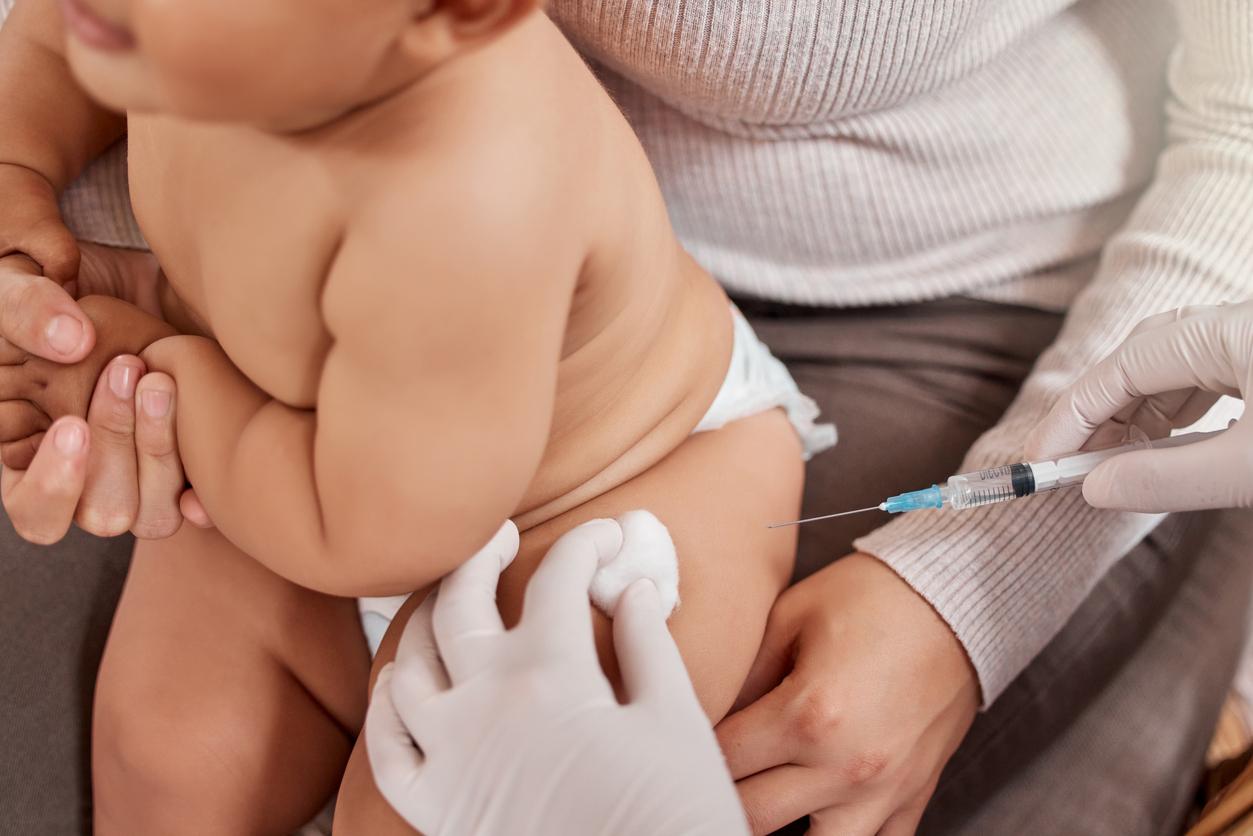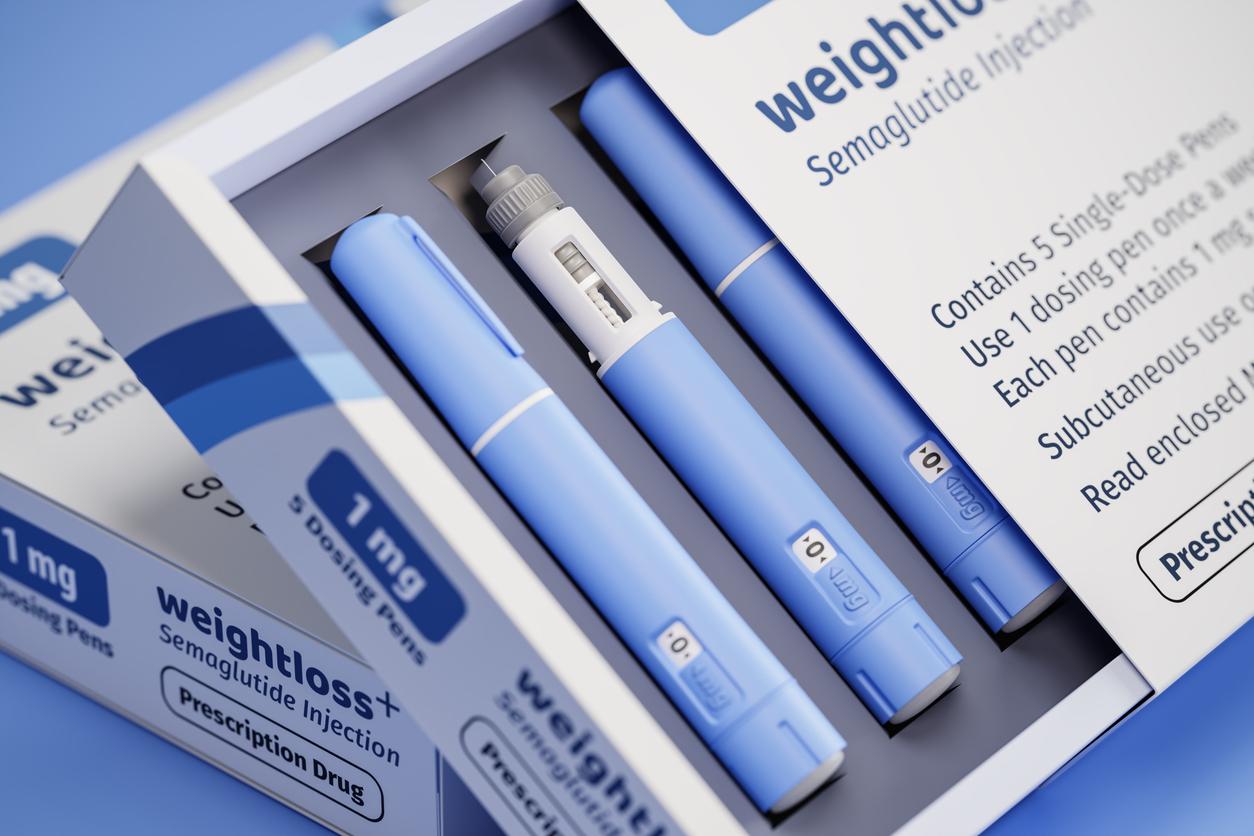Faced with the resurgence of the Mpox virus and the emergence of new clades in Africa, the High Authority for Health (HAS) has updated its vaccination recommendations.

- The HAS updates its vaccination recommendations to prevent the spread of the Mpox virus in France.
- Two complementary strategies are being implemented: preventive vaccination for at-risk populations and reactive vaccination for contact cases.
- A booster dose is recommended to extend protection for those vaccinated in 2022.
The threat of the re-emergence of the Mpox (or Monkeypox) virus is growing, particularly on the African continent where a new clade, clade Ib, is causing great concern. This situation has led the World Health Organization (WHO) to declare a Public Health Emergency of International Concern (PHEIC). In France, although clade II continues to circulate discreetly, health authorities are on the alert. Faced with this worrying context, the High Authority for Health (HAS) has been asked to reassess and update the vaccination recommendations established during the previous epidemic in 2022.
One of the main measures taken by the HAS is the strengthening of the vaccination strategy. This is based on two complementary approaches: a preventive vaccination campaign targeting high-risk populations and reactive vaccination for close contacts of identified cases. The HAS has also recommended the administration of a booster dose for people vaccinated in 2022, a crucial measure to maintain lasting immunity.
Preventive vaccination: targeting those most exposed
The HAS preventive vaccination strategy aims to protect the groups most exposed to the virus. It specifically targets men who have sex with men (MSM) and trans people with multiple partners, as well as people in prostitution and professionals in sexual encounter places. These populations are identified as being at high risk of exposure to the mpox virus.
The vaccine used, MVA-BN (marketed as Imvanex in Europe and Jynneos in the United States), has demonstrated high vaccine efficacy. According to available data, optimal protection is achieved more than 14 days after administration of two doses, with an estimated efficacy of 82%. For immunocompromised individuals, an additional dose is recommended to boost the immune response.
Reactive vaccination: a rapid response to identified cases
The reactive strategy aims to contain the spread of the virus by rapidly vaccinating close contacts of identified cases. The HAS recommends that this vaccination be administered within four days of exposure to the virus, or at the latest within 14 days to maximize effectiveness. This approach makes it possible to limit transmission chains, particularly in contexts where the virus is still circulating at low levels, as is the case in France with clade II.
With regard to minors, the HAS indicates that post-exposure vaccination must be assessed on a case-by-case basis, in consultation with parents and healthcare professionals, due to the absence of marketing authorization (MA) for this population.
Booster dose: prolonging protection
One of the new features of the HAS opinion is the recommendation of a booster dose for people who have already received a primary vaccination in 2022. Studies show a significant decline in neutralizing antibodies in the two years following the initial vaccination, which justifies the administration of an additional dose to prolong protection. This recommendation is mainly aimed at high-risk and immunocompromised populations, where a decline in immunity could have serious consequences.
The HAS’s update of vaccination recommendations responds to a need to prepare for the growing threats of the Mpox virus. By combining prevention and rapid response, the French authorities hope to contain the circulation of the virus and protect the most vulnerable populations. The urgent task now is to deploy these measures to avoid a new health crisis.
The role of herd immunity in the fight against Mpox
Herd immunity, also known as herd immunity, plays a crucial role in preventing the spread of infectious diseases. In the case of Mpox, herd immunity could theoretically be achieved if a sufficient proportion of the population becomes immune, either through vaccination or natural exposure to the virus. However, the situation is complex for several reasons.
First, the vaccination rate needed to achieve herd immunity depends on the reproduction rate of the virus, which can vary across populations and settings. Second, the cessation of smallpox vaccination in the 1980s left most individuals born after that date unprotected against orthopoxviruses, including Mpox. Finally, the emergence of new clades, such as clade Ib, further complicates the situation.

















